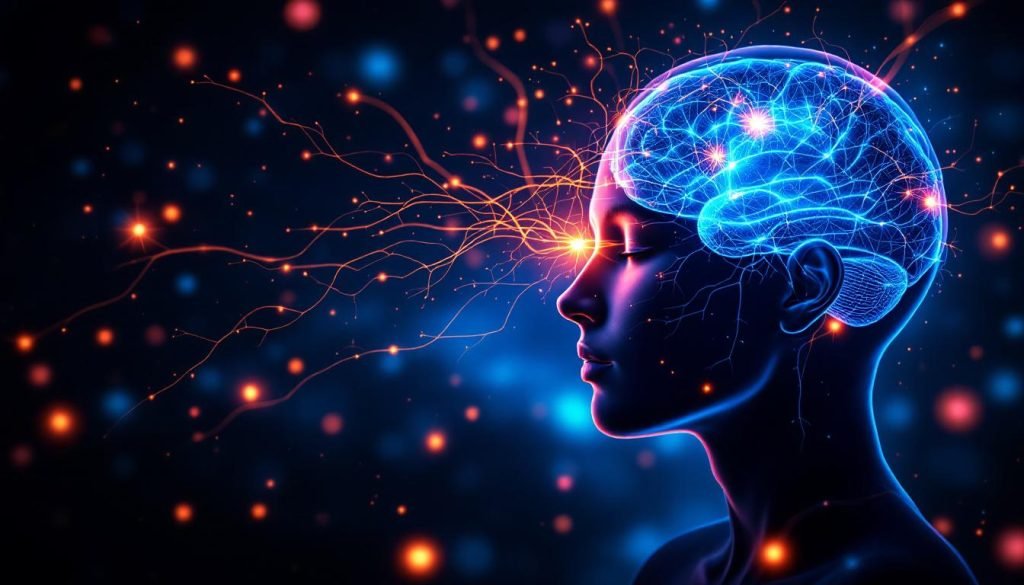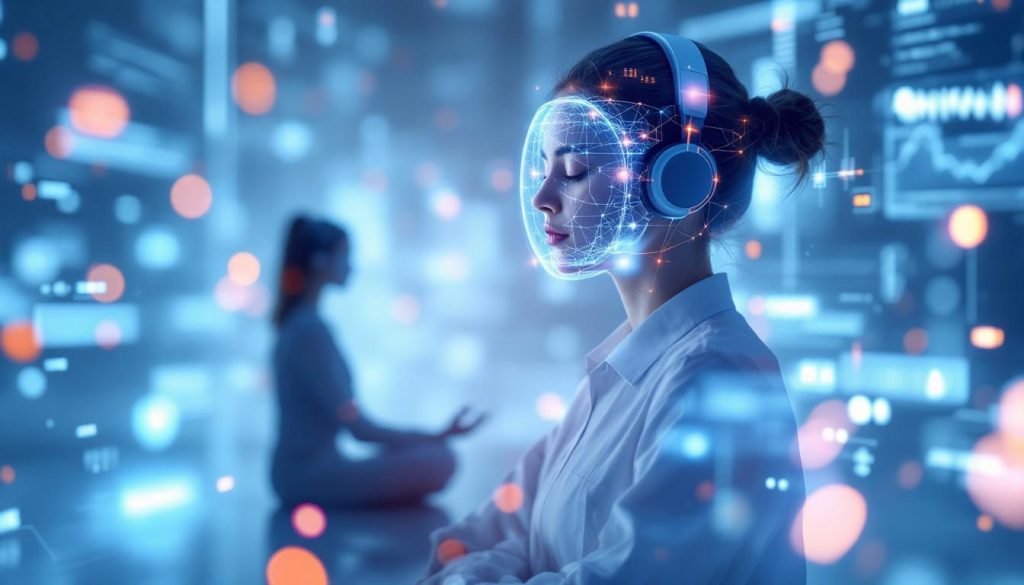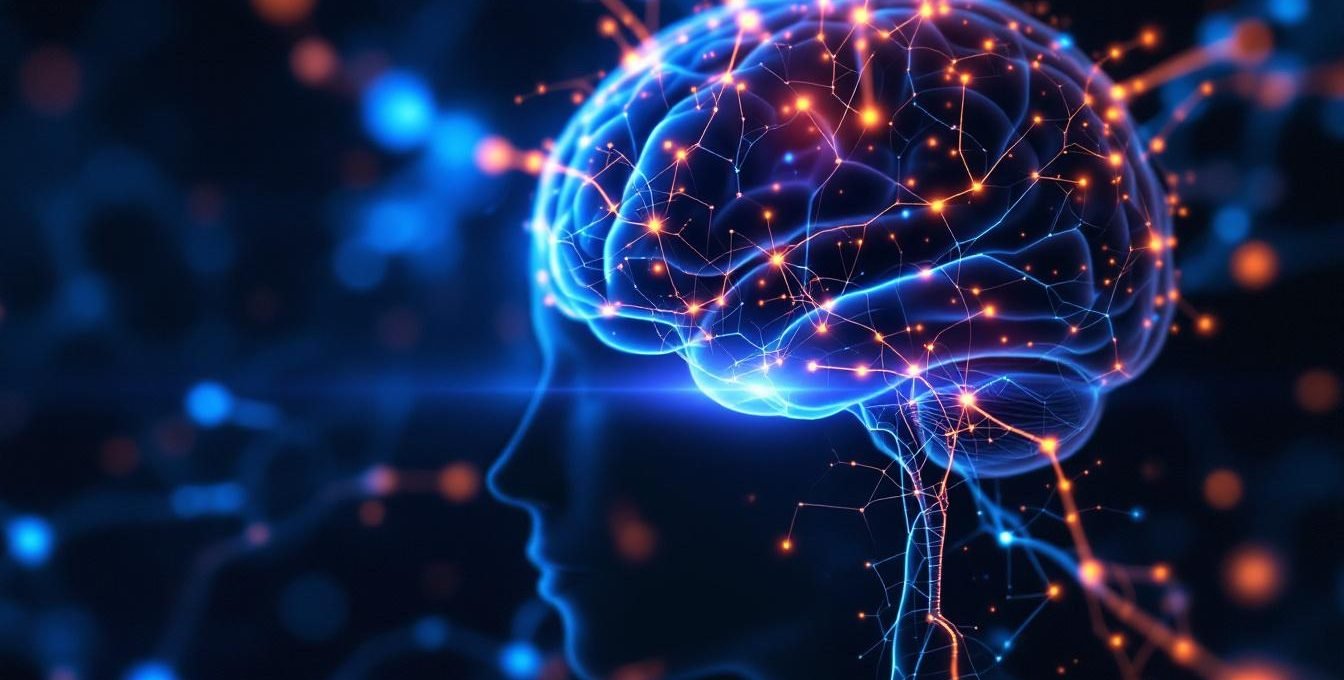Have you ever imagined if it were possible to train your own brain to learn faster, without dubious tricks or empty promises? With the union of meditation and neuroplasticity, science shows that this is within reach for those who seek self-knowledge combined with consistent practice. Various studies prove: regular meditation, by stimulating neuroplasticity, truly transforms brain regions linked to memory, attention, and emotional regulation.

Based on recent evidence, it’s clear that there’s no miraculous secret, but rather practical and proven benefits for those who adopt meditation in their daily lives. I know many want to advance their learning and improve their minds using reliable methods. In this text, I share how neuroscience has been unveiling paths foWhat Is Neuroplasticity and How Does Meditation Influence It?
When I think about truly learning, I don’t just look at techniques or formulas. I like to go straight to the root: how the brain works. This is where neuroplasticity comes in, a simple but impressive concept.
Neuroplasticity is nothing more than the brain’s ability to physically modify itself, creating new connections or even strengthening old ones. This doesn’t just happen in childhood or in extreme situations; our brain changes all the time, and meditation stands out as one of the practices capable of guiding these changes.
Meditation and neuroplasticity go hand in hand, bringing results that modern science proves. This isn’t just a motivational talk—it’s all at the fingertips of laboratory instruments, with large-scale studies and solid evidence. I will show what actually happens inside the brain through the eyes of science, directly connecting with the practical, emotional, and cognitive transformations that meditation produces.
Proven Brain Changes by Science
Scientists worldwide are paying increasing attention to the effects of meditation on the human brain. Instruments like fMRI (functional magnetic resonance imaging) and EEG (electroencephalogram) have made it clear: regular practice affects brain structure and activity.
Here’s what researchers have discovered:
- Increase in gray matter: Studies show that experienced meditators have greater gray matter density in regions such as the prefrontal cortex (involved in focus and decision-making), hippocampus (memory and learning), insula (body awareness and emotions), and amygdala (emotional regulation).
- Optimized electrical activity: Using EEG, neurologists have identified that meditation elevates brain wave patterns associated with deep calm (alpha waves) and sustained focus (theta waves). This makes the brain more prepared to learn and adapt.
- Transformation in brain architecture: fMRI allows us to see real changes in connectivity between areas. Communication between the prefrontal cortex and limbic regions, for example, strengthens, facilitating self-control and emotional management.
- Practical examples: Mindfulness practices and focused meditation have already been associated with improvements in attention control, emotional regulation, and even a reduction in brain aging.
The result? The brain’s own “hardware” stops being static and responds to positive and repeated stimuli, such as meditation, creating the foundations for learning faster and with less mental fatigue.
Emotional Regulation, Stress, and Consistency
Learning depends on much more than technique. The brain needs a healthy environment, without the excess pressure that blocks new neural connections. This is where the impact of meditation on neuroplasticity becomes even more evident.
Recent data on meditation and neuroplasticity point to concrete effects:
- Improved emotional regulation: Practicing meditation strengthens regions like the prefrontal cortex, favoring less impulsive and more balanced responses in situations of anxiety or frustration.
- Cortisol reduction: Research shows that mindfulness programs (like MBSR) significantly decrease cortisol levels, the main stress hormone. This has been confirmed by clinical evaluations with people of different ages and profiles.
- Improved well-being: In addition to reducing stress, meditators report more lightness and emotional control, creating the perfect ground for neural plasticity to flourish. 8-week programs typically reduce perceived stress scores by more than 8 points (PSS-14 scale), in addition to increasing feelings of satisfaction and sleep quality.
- Consistency makes all the difference: The more regular the practice, the greater and more stable the changes—both in biological markers (less cortisol) and in psychosocial ones (less anxiety, more resilience).
All these discoveries show us a clear path: meditating frequently helps regulate the emotional control system, drastically reduces the damage of toxic stress, and prepares the brain to change more easily. For those who want to dive into their own learning, it becomes evident that investing in meditation is not only a healthy path, but a strategic and scientifically based one to achieve greater mental speed and cognitive flexibility.
Meditation, Rapid Learning, and Increased Cognitive Performance
When I seek to learn faster and keep my mind sharp, I see “Meditation and Neuroplasticity” as an unbeatable duo. Science undoubtedly shows that meditative practice does much more than relax. It activates deep biological mechanisms that change our ability to learn, remember, create, and solve problems. Every minute dedicated to meditation is, in practice, training for the brain to adapt better, function more flexibly, and become more resistant to stress. With recent research on the table and everyday examples, it’s easy to see how meditation accelerates learning and boosts reasoning.
How Meditative Practice Strengthens Attention and Memory

The basis for any rapid learning goes through two paths: focused attention and sharp memory. And this is where meditation shines. Practicing mindfulness or concentration meditation activates specific neural networks, increasing density and connectivity in areas like the prefrontal cortex and the hippocampus. The prefrontal cortex is the conductor of focus and control, while the hippocampus records and retrieves our memories.
Neuroimaging research, such as functional magnetic resonance imaging, proves that people who maintain a meditation routine show:
- More gray matter volume in the prefrontal cortex and hippocampus.
- Strengthened neuronal connections, improving information flow.
- Sustained attention for longer in complex cognitive tasks.
- Reduction in the brain’s “default mode,” meaning fewer distractions and less mental wandering.
If before I was easily distracted when studying or got lost in thoughts, meditation trained my brain to bring focus back to the present, whether in reading, a meeting, or even an important conversation. Several tests show that, after eight-week meditation programs, students and adults improve performance in tasks that require attention, memorize information faster, and make fewer errors due to distraction.
In daily life, the difference is clear:
- I remember details better when reviewing a text.
- I can focus on one task only, without jumping from window to window.
- I have fewer memory “blanks,” even in high-pressure situations.
This boost is a direct result of neuroplasticity, which, like a muscle, strengthens and expands as the brain is challenged and guided by meditative practice.
Impacts on Creative Processes and Problem Solving
Creativity and problem-solving skills don’t just come from talent. They depend on a brain capable of connecting ideas, seeing new connections, and breaking out of automatic patterns. Meditation, demonstrably, enhances these capabilities.
When I practice mindfulness, I notice that my mind becomes lighter, more open to new possibilities. Studies show that by reducing the activity of the sympathetic nervous system (linked to stress) and strengthening connections between the prefrontal cortex and other brain areas, meditation improves our mental flexibility.
See how this translates into practice:
- Increased creativity: Meditators show a greater ability to “think outside the box” in alternative solution tests and brainstorming. This happens because the brain accesses different pathways and allows itself to deconstruct rigid patterns.
- Faster decision-making: Meditating reduces the volume of repetitive thoughts and ruminations, freeing up mental energy to find quick solutions to challenges.
- Fewer emotional blocks: The practice strengthens self-control, reduces the fear of making mistakes, and self-criticism, factors that normally hinder our creativity.
Research conducted in academic and corporate environments indicates that people who meditate regularly:
- Find innovative answers more easily.
- Arrive at more creative solutions, even under pressure.
- Work better in teams by being able to listen, analyze, and propose ideas without getting too attached to a single point of view.
An interesting detail is that the increase in these abilities doesn’t require years of practice. Meditation programs of just a few weeks already generate visible changes in the way of thinking and acting. Science shows that the combination of “Meditation and Neuroplasticity” creates new brain pathways, allowing the brain to change direction, improvise, and shine both in logic and intuition.
In summary, when I make meditation a habit, I notice that learning becomes natural, my memory responds better, and ideas emerge from where I least expect them. All this is supported by real, profound, and proven changes within my own brain.
The Future: Neurofeedback, Personalized Meditation, and New Paths of Neuroplasticity

The boundaries between science, meditative practice, and technology are disappearing. Today, we no longer just talk about closing our eyes and counting our breath. I’m talking about apps, portable EEG devices, and biohacking that are transforming how people explore Meditation and Neuroplasticity. New advances allow anyone to monitor what’s happening in their own brain in real time and adjust their technique to achieve even faster and more personalized results. I want to show how neurofeedback is renewing meditative learning, but also present the challenges and limits of this silent revolution.
How Neurofeedback Can Accelerate Meditative Learning
Neurofeedback is like a mirror for the brain. Imagine placing a headband with sensors on your scalp and, in seconds, seeing your brain waves moving on your phone screen as you relax or get distracted. This technology collects electrical signals from the brain through EEG, analyzes patterns in real time, and returns sensory feedback to the user, either through sound, vibration, or graphical visualization.
The secret to neurofeedback lies in its ability to give the brain immediate rewards whenever it reaches a desired state, such as focus, calm, or full presence. The result? It becomes easier to learn to “feel” when your mind is truly attentive, relaxed, and in meditation mode. For many people, this eliminates years of blind attempts, accelerating a process that previously depended solely on self-observation.
Portable devices and neurofeedback apps already deliver refined data, insights, and personalized tracks. Brands like Muse, Oura, and accessible EEG platforms put resources once only available in university labs into the hands of any practitioner. Here are some key points about how this is changing the relationship between Meditation and Neuroplasticity:
- Continuous monitoring: The user can identify patterns of distraction, anxiety, or focus in real time. This allows them to adapt their practice without relying solely on intuition.
- Personalization of progress: Systems learn from your responses throughout sessions and suggest specific adjustments, almost like having a virtual brain trainer in your pocket.
- Improved self-regulation: Recent studies show that neurofeedback practitioners exhibit greater emotional control, stress reduction, and better mental focus, including in people with anxiety or difficulty concentrating.
- Acceleration of the learning curve: Preliminary results indicate that it’s possible to achieve deep states of meditation in weeks, something that, without these resources, usually takes months or years.
- Accessibility: The price of these devices has dropped significantly. It’s now common to find them in clinics or even for home use, making the technology more democratic.
For those who have never tried, a good tip is to start with simplified versions of these applications. Use the guided sessions and take advantage of the data as a map, without the pressure of wanting to “break records,” but focusing on recognizing how your mind reacts to each stimulus and interruption. Some platforms offer free trials, progressive tracks, and reports with practical tips based on Meditation and Neuroplasticity.
Challenges, Limits, and What Science Still Wants to Discover
Despite the advances, science calls for moderation. Many promises of “total transformation” in just a few sessions do not reflect what studies have revealed so far. The human brain is a living, complex, and diverse universe. Each person responds differently, with results varying according to history, age, mental health, and even expectations about the technology.
Among the most discussed challenges and limitations, I see:
- Generalization of results: Most studies so far focus on small groups and homogeneous profiles. More long-term research in diverse populations is needed to ensure that the results remain consistent.
- Risk of exaggerated promises: Technology companies, eager to sell novelties, sometimes promise almost miraculous effects. It’s essential to remember that changes linked to neuroplasticity usually require regular practice, not just gadgets.
- Technological dependence: Excessive use of feedback can hinder self-knowledge. Some users end up becoming attached to performance in applications, forgetting that the process of “looking inward” should be experiential, not just numerical.
- Need for professional supervision: For more sensitive cases, such as people with a history of mental disorders, it is always better to combine the use of technologies with guidance from qualified professionals. Unsupervised use can cause anxiety, frustration, or even psychological dependence on the results.
Current science seeks to discover:
- How to adapt neurofeedback protocols for multiple profiles and cultures, respecting biological and social differences.
- What are the long-term effects of device-guided meditation, including on the development of children, the elderly, and neurodivergent individuals.
- How to integrate EEG, fNIRS, TMS, and other modalities to create hybrid systems that are more effective and less invasive.
- Where is the boundary between healthy self-transformation and the illusion of total control over the mind.
The horizon of Meditation and Neuroplasticity is promising but requires awareness. Using these novelties with balance, critical thinking, and, whenever possible, professional guidance, is the way for technology to enhance and not replace the wisdom of internal experience.
Conclusion
Meditation and Neuroplasticity open doors for those who wish to learn truly, with more ease and less wear. Science confirms: small daily changes in the mind can transform the path of those seeking knowledge, creativity, and emotional balance. It’s not magic; it’s practice and active curiosity, respecting one’s own experience.
If you want to see your brain respond in a new way, start slowly. Choose a simple meditative practice, dedicate a few minutes a day, and observe. Each session is a test of confidence in your own ability to grow and transform your way of learning.
Take advantage of scientific advancements, trust the process’s timing, and value the discoveries that appear in daily life. The secret is to experiment, adjust, and celebrate every progress, no matter how small it may seem. Thank you for reading this far. Share your experiences or questions in the comments and inspire others to explore the power of Meditation and Neuroplasticity at their own pace.






Deixe um comentário